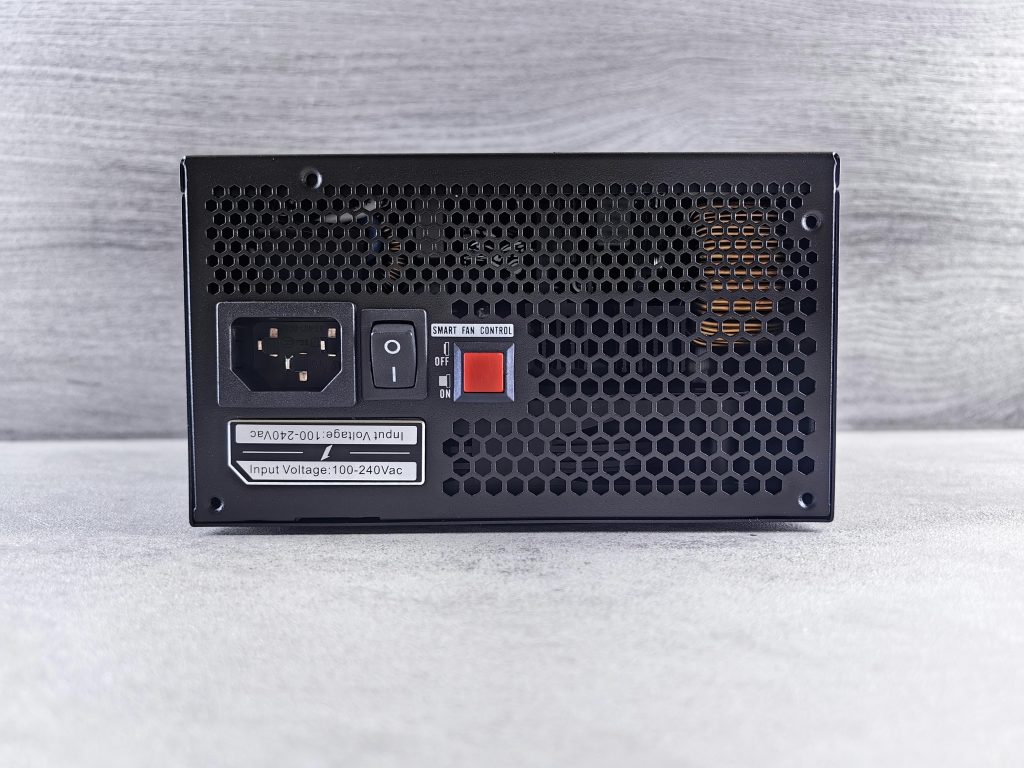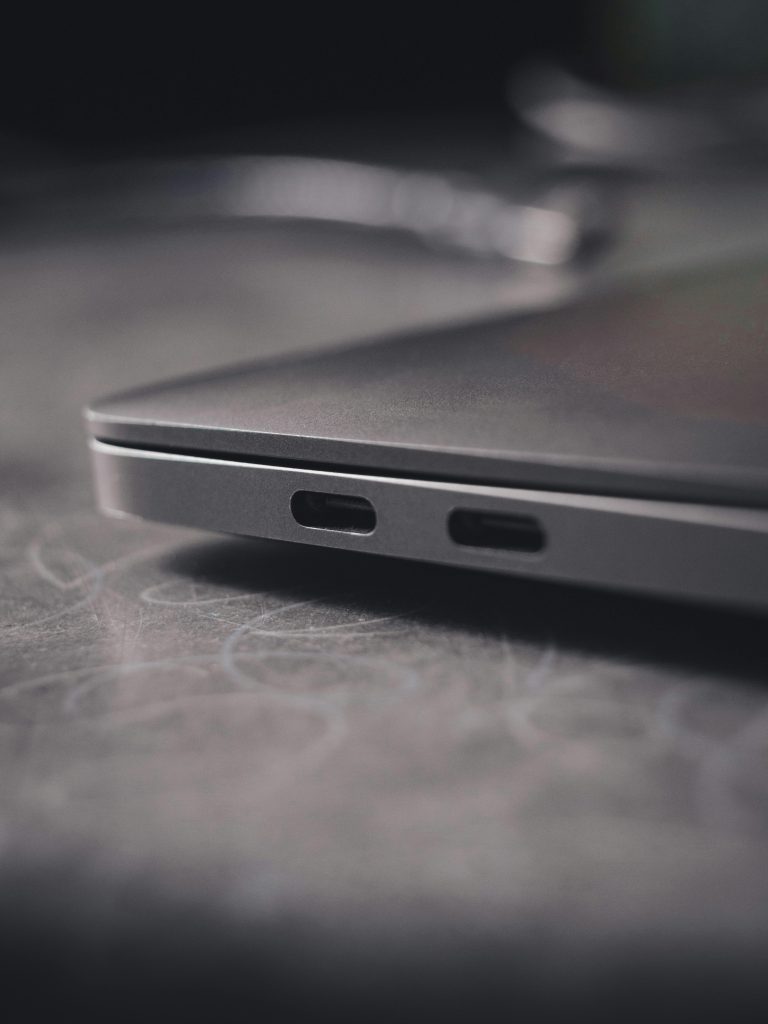Understanding and Troubleshooting Video Driver Errors: A Case Study on TDR and Memory Management Failures in Modern Laptops
Introduction
Encountering persistent graphics-related errors can be a frustrating experience for many laptop users. Errors such as “Video_TDR_Failure” and “Video_Internal_Memory_Management” are common indicators of underlying issues with your graphics hardware or drivers. In this article, we explore a real-world scenario involving these errors, delve into possible causes, and discuss effective troubleshooting strategies to resolve such problems.
Case Overview
A dedicated gamer and professional user operating an ASUS ROG Strix SCAR 18 (2024 model) with Windows 11 Pro has faced recurring crashes since February. The primary symptoms include system instability manifesting as the aforementioned errors, often triggered when performing graphics-intensive tasks like watching videos or experiencing screen flickering.
Key Symptoms and Observations
- Video Playback Issues: Videos freezing with audio continuing, followed by the video “fast forwarding” to sync with audio before a crash.
- Flickering Screen: Occasional screen flickers precede system crashes.
- Error Messages: Frequently reported errors include “Video_TDR_Failure” and “Video_Internal_Memory_Management.”
- Crash Dumps: Analysis points to “nvlddmkm” (NVIDIA Windows Kernel Mode Driver) and “dxgmms2” (DirectX Graphics MMS) drivers as primary culprits.
System Specifications
- Processor: Intel Core i9-14900HX, 24 cores, 32 threads
- Graphics Card: NVIDIA GeForce RTX 4080 Laptop GPU (Driver Version 581.15)
- Operating System: Windows 11 Pro (Version 10.0.26100)
Troubleshooting Attempts
The user has already executed a comprehensive set of troubleshooting steps, including:
- Sending the device for repairs (motherboard replacement).
- Reinstalling graphics drivers via Display Driver Uninstaller (DDU).
- Updating graphics drivers.
- Updating BIOS firmware.
- Performing clean boot procedures.
- Running system file checks and DISM commands.
- Wiping and reinstalling Windows.
- Restoring system snapshots.
- Underclocking the GPU to reduce stress.
Despite these efforts, the problem persists, leaving the user at their wit’s end.
Potential Causes
These types of errors often stem from multiple factors:
- Driver Conflicts or Corruption: Even after updates, driver issues
Share this content:

